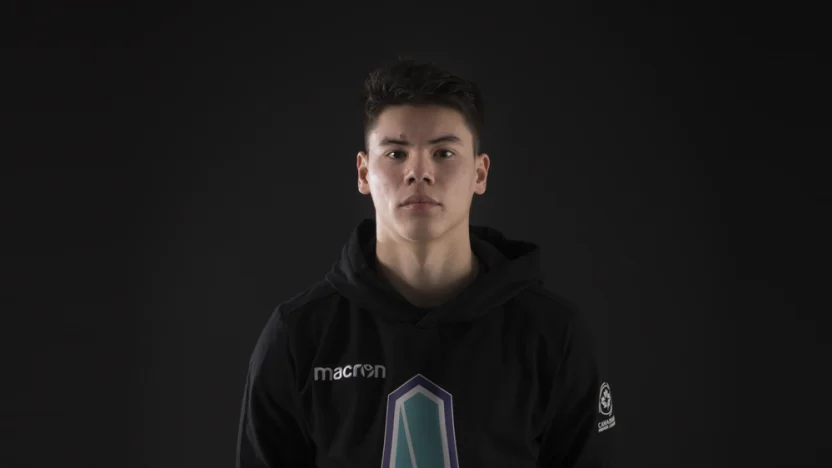What can Marie Kondo teach us about Canadian soccer? If that name somehow doesn’t ring a bell, Kondo is the suddenly ubiquitous home organizational expert who has, for years, extolled the virtues of analyzing our possessions and holding onto those that truly spark joy. But our possessions aren’t just physical; they’re psychological too. We’re all bombarded daily with information from every corner. And, as the months and weeks have wound down towards the start of the Canadian Premier League’s inaugural season, that news has been coming fast and furious every day. It’s been exciting, but it can also feel overwhelming at times. So, in the spirit of the KonMari Method, I’ve plucked out five things we now know about the Canadian Premier League’s inaugural campaign that are bringing me the most joy.
Reconnecting with old friends
We’ve all got trinkets in our homes that get pulled out for special occasions but otherwise occupy an “out of sight, out of mind” space. Similarly, there are numerous Canadian players who’ve impressed in appearances with the national team but have had their overseas club careers mostly fly under the radar. Now, players like Randy Edwini-Bonsu and Marcus Haber – still in the prime of their careers – have chosen to come home and showcase themselves to Canadian audiences (and national-team staffers) on a week-by-week basis. There are also national team veterans like Marcel de Jong and Nik Ledgerwood, who have amassed over 100 Canada caps between them. They were both repatriated a few years ago, but their presence in the CPL will ensure they’re still front and centre in the Canadian soccer consciousness. For us national team nerds, anything that makes tracking the player pool easier is a definite plus.
Closing up the cracks
Plants can make a wonderful addition to any household – but if they aren’t properly cared for, they’ll wither and die. This is, of course, a general statement and not something that’s repeatedly happened to me, a responsible and attentive adult. Anyway, the point of this strained analogy is to note that Canada has, in the past, produced its share of promising young players whose careers ultimately suffered from the lack of a stable domestic environment in which they could hone their skills as a professional. That’s why it’s been invigorating to see a wave of national youth team standouts – guys like Luca Gasparotto, Kadin Chung, Marco Carducci, Quillan Roberts, Manny Aparicio and Dylan Carreiro – landing with CPL clubs where they can show fellow Canadians (and the rest of the world) exactly what they can do. And, just like houseplants, they’ve got to remember to stay well-hydrated, too.

Something to play for
Joy can’t be an omnipresent condition; it has to come in bursts. Otherwise, it loses its potency. That’s why the league’s format – with a split season and big championship final – is so fascinating. Team starts hot? Great. But don’t get complacent or you’ll get knocked off your perch. Team starts cold (like, 2012’s “worst team in the world” cold)? Don’t worry; there’s still the chance to retool and redeem yourselves in the dog days of summer. No format will ever be perfect, but what we’ve ended up with in CPL is a neat twist on what we’ve become accustomed to in northern North America – and it could get even spicier in the future if, as has been teased, the league eventually introduces some form of promotion-relegation.
New paths to glory
Even the sunniest optimist would find trouble keeping a straight face while predicting that a CPL club will reign as champions of the world at the 2020 FIFA Club World Cup. But unlikely or not, it could technically happen – and the fact that we now have an official invite to the global footballing party is surely a cause for celebration. Even if a CPL club doesn’t reach the upper echelons of continental play right away, there’s still the tantalizing possibility of new matchups, rivalries and club-defining moments in this year’s Voyageurs Cup, which will feature all seven CPL teams. Besides, I’m pretty patient; I’m fine waiting to see a CPL club beat Real Madrid until, say, 2021 or even 2022. No rush.
Being a part of history
Every home has its memorable firsts: the first meal, the first night spent living in it, the first time you foolishly leave the fridge open and ruin all the groceries (again, just another hypothetical example). Likewise, we know all kinds of big firsts for the CPL already: The first contingent of head coaches, the first game’s location and participants, many of the first players. But a big one that’s yet to be determined is when, how and by whom the league’s first goal will be scored. It will likely come in the league’s inaugural match, between Forge FC and York9 FC on April 27. But as someone who’ll be there for the league’s second match – between Pacific FC and HFX Wanderers on April 28 – I’m greedily holding out hope that it can wait 24 hours. Whether or not I get to experience that momentous goal live, I know there will be plenty of other history made throughout the season in a league that some of us long-time fans weren’t sure would ever come to fruition. And that, above all, is bringing me great joy.
